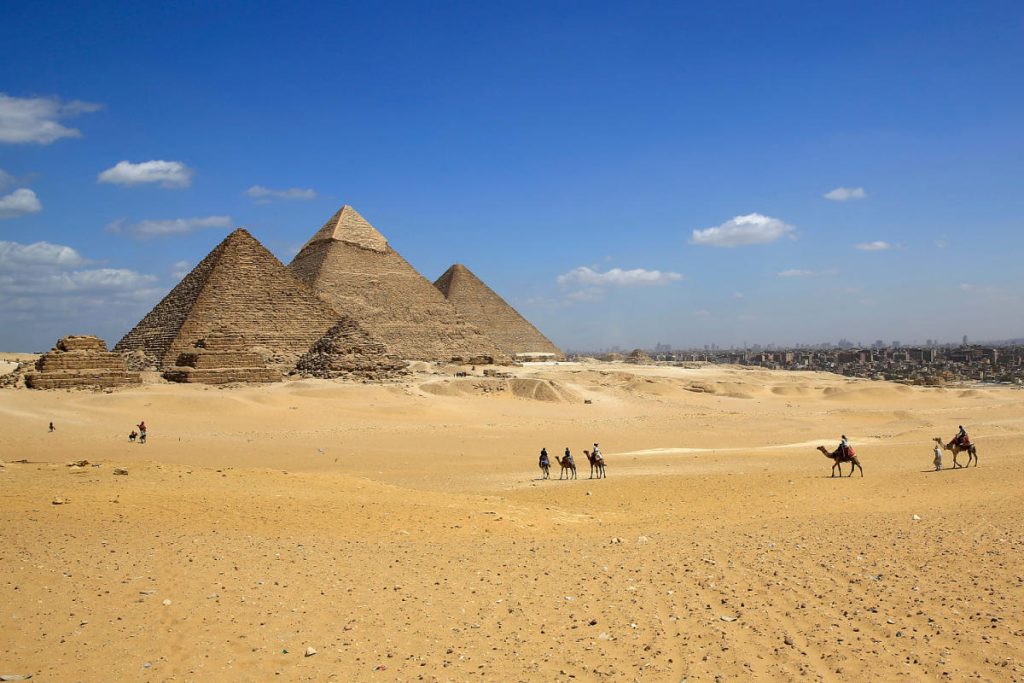New research published in the journal Communications Earth & Environment provides evidence that an extinct branch of the Nile River once flowed through the landscape in a wetter climate, supporting the construction of pyramids in Egypt. The waterway allowed workers to transport materials, including the large limestone blocks used in pyramid construction, via raised causeways connecting the monuments to river ports. Over time, drought and seismic activity likely caused the river to dry up and fill with silt, erasing most traces of its existence.
The study focuses on 31 pyramids constructed between Lisht and Giza, over a period of about 1,000 years starting 4,700 years ago. These pyramid complexes contained tombs for Egyptian royals, with some of the large granite blocks used in construction sourced from locations hundreds of miles away. Wheels were not used to move these blocks, leading researchers to believe that water transportation played a significant role in the construction process. New technologies like ground-penetrating radar and satellite imagery are helping researchers map ancient waterways.
The research findings suggest that the Egyptian climate was wetter in the past and the Nile carried a higher volume of water, dividing into multiple branches, one known as the Ahramat Branch which extended 40 miles. This branch aligned with the locations of pyramid complexes and temples, indicating a close relationship to the river. Previous studies have suggested that a waterway once cut through the present-day desert based on evidence of pollen grains from marsh species, and the recent study provides further evidence to support this theory.
The study team plans to expand their mapping efforts to detect additional buried branches of the Nile floodplain, which could help locate hidden settlements or undiscovered archaeological sites before the land is developed. The research builds on previous work that has pointed to the importance of water transportation in pyramid construction, shedding light on how ancient Egyptians interacted with their environment to achieve monumental architectural projects. Despite ongoing urban development encroaching on historic sites, Egypt remains a vast outdoor museum with potential for further discoveries.
Overall, the study emphasizes the significance of waterways for transportation in ancient Egypt and highlights the role of environmental factors in shaping the landscape where the pyramids were built. By using modern technology and scientific methods, researchers are able to piece together a clearer picture of how the ancient Egyptians utilized their surroundings to create monumental structures. This new evidence adds to our understanding of the complex engineering and logistical challenges involved in constructing one of the world’s most iconic architectural wonders.


